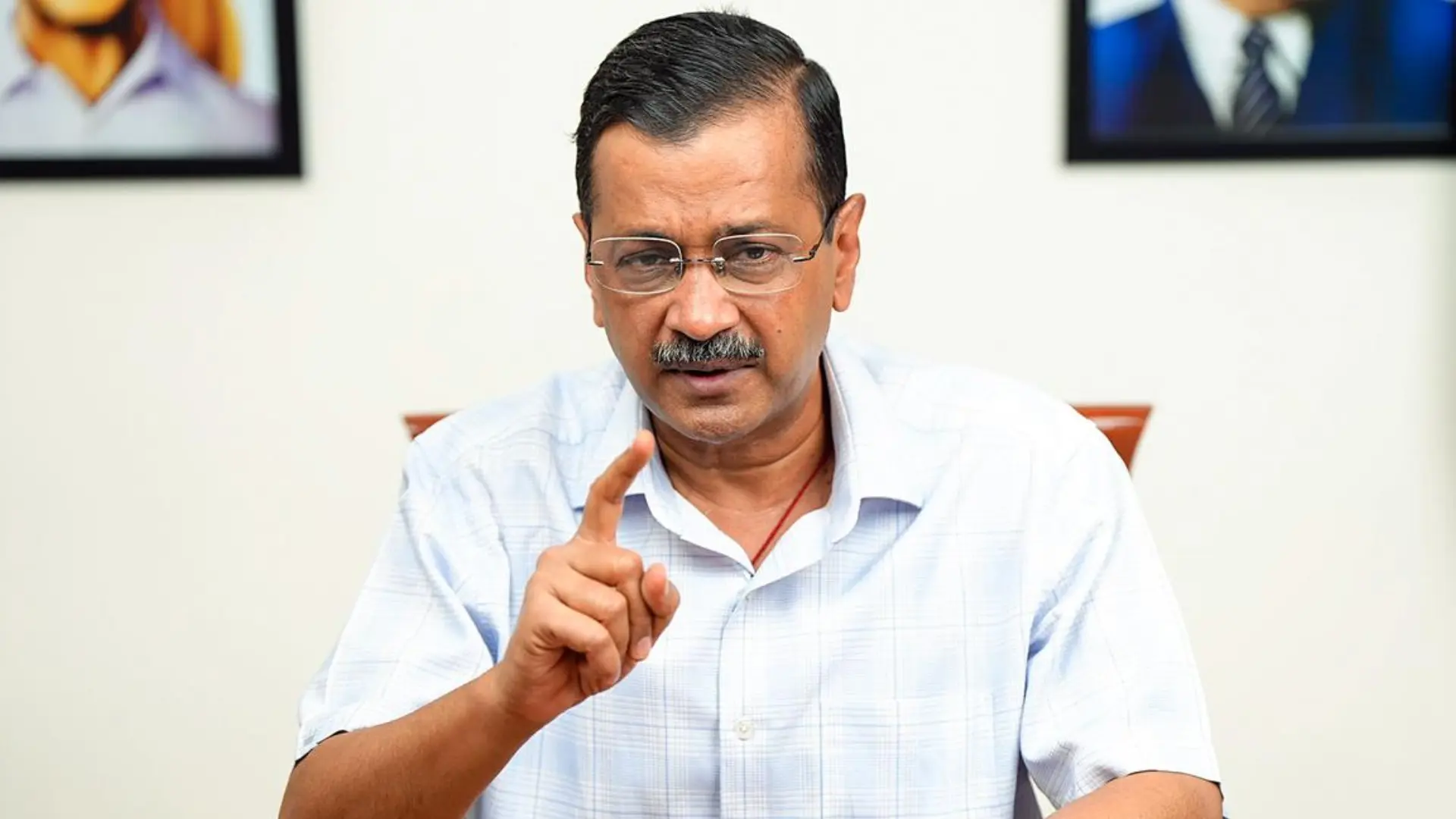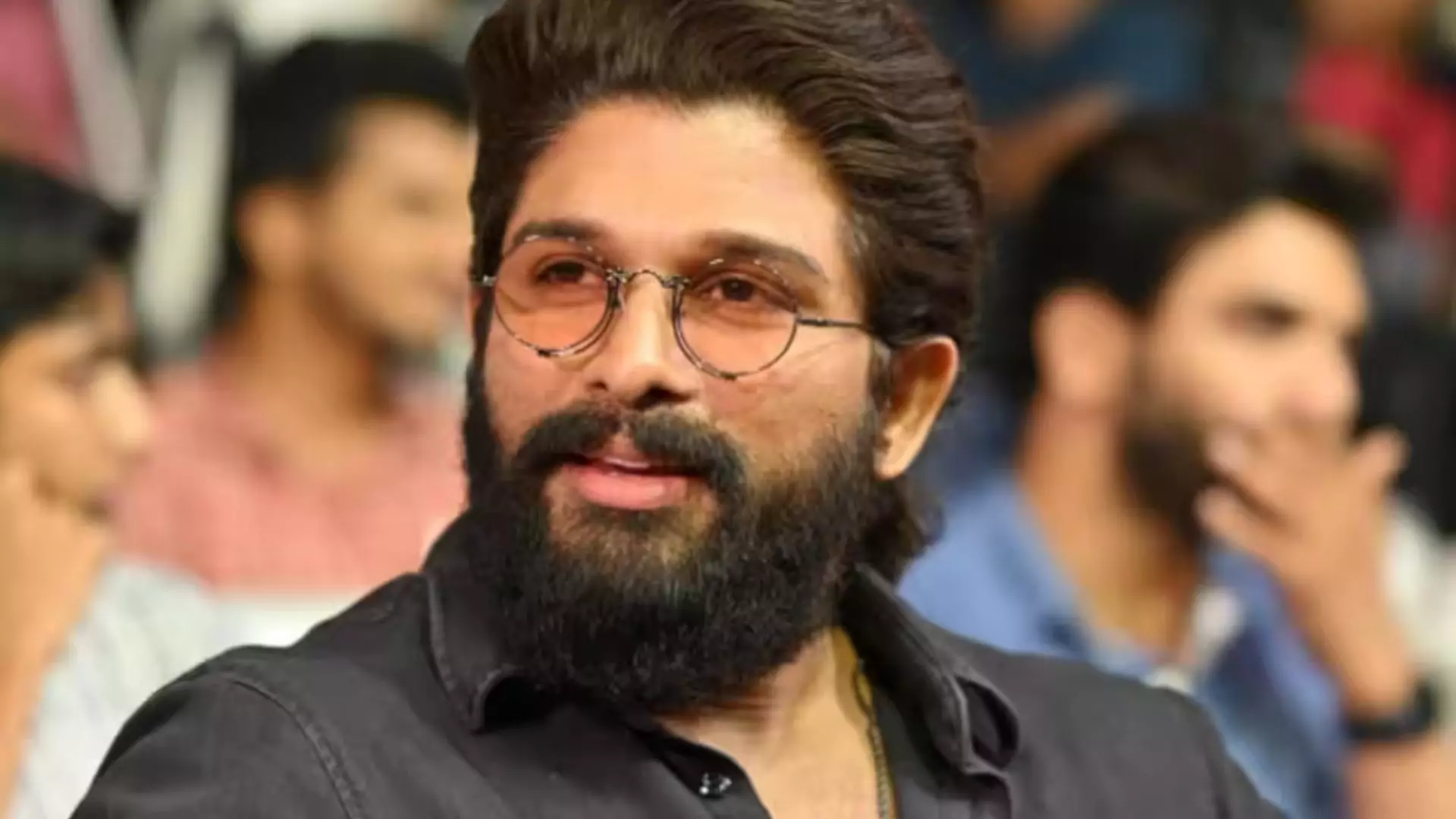Junior doctors in West Bengal have opened the Abhaya Gallery at RG Kar Medical College and Hospital in Kolkata, marking three months since the tragic rape and murder of their colleague. The gallery, named after the victim Abhaya (meaning “fearless”), stands as a powerful reminder of their ongoing fight for justice, safety, and accountability within the state’s medical institutions.
The Story Behind the Abhaya Gallery
The Abhaya Gallery was created to showcase the symbols and items used during the junior doctors’ three-month-long protest. These protests were sparked by the horrific incident at RG Kar Hospital, but also highlighted the broader issues of corruption, unsafe working conditions, and threats within Bengal’s medical community.
The gallery’s exhibits include symbolic items like a brain, a broom, a spine, and a pot labeled “durnitir handi” (a metaphor for corruption). These objects reflect the doctors’ struggle against both the systemic issues in their hospitals and the dangerous environment they are forced to work in.
The students believe that the gallery serves not just as a physical space, but as a symbol of their unwavering determination to fight for a safer, corruption-free healthcare system. It is also a way to keep the memory of their colleague alive and ensure that their voices continue to be heard.
A Tribute to the Victim and a Call for Accountability
While the investigation into the RG Kar rape and murder is ongoing, with the Central Bureau of Investigation (CBI) handling the case and the Supreme Court reviewing it, the junior doctors have used the gallery as a platform to raise awareness and demand justice. The gallery’s opening is a bold statement about the importance of accountability in medical institutions and the necessity of safeguarding healthcare workers from threats and violence.
In addition to remembering their colleague, the students hope that the gallery will inspire solidarity and action from the public, as well as other healthcare professionals. It is a call for change in a system that they believe has long overlooked their safety and well-being.
Gallery Exhibits and Symbolism
The Abhaya Gallery’s exhibits capture the essence of the junior doctors’ fight for justice. Among the most notable symbols on display:
- A Brain: Symbolizing the medical profession’s commitment to care, expertise, and intelligence.
- A Broom: Representing the protest against corruption within the medical system.
- A Spine: A symbol of the strength and resilience the doctors must summon in the face of adversity.
- A Pot Labeled “Durnitir Handi” (Corruption Pot): A stark critique of the widespread corruption that the students believe has infiltrated their institutions.
The items not only represent the doctors’ ongoing struggle but also serve as a reminder of the courage required to demand change in a system that often goes unchecked.

















